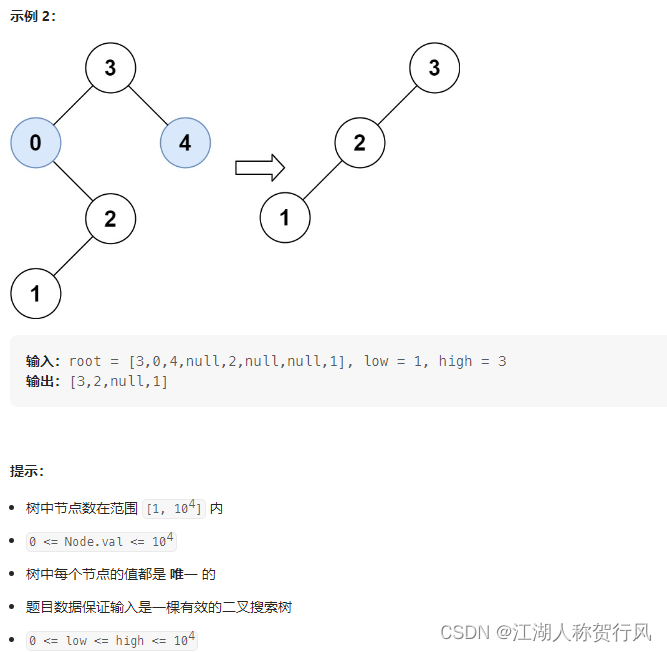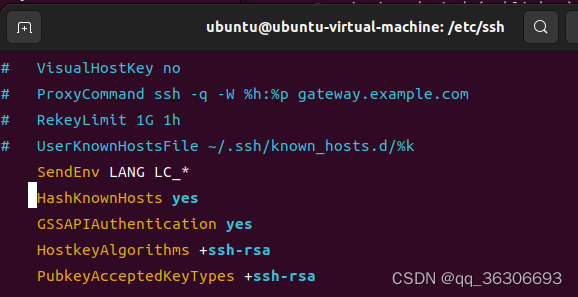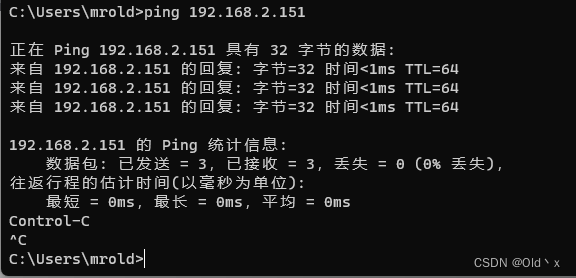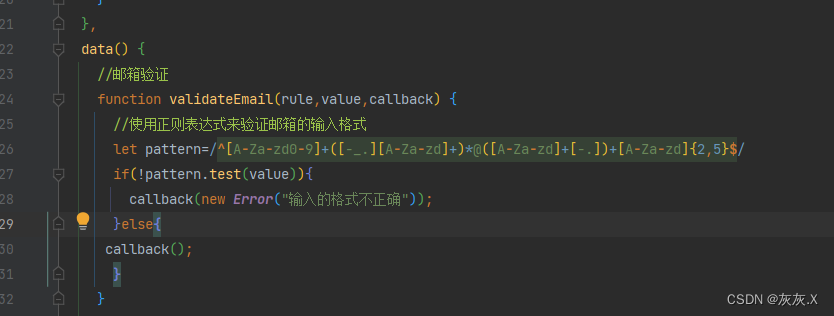题目来源:https://leetcode.cn/problems/trim-a-binary-search-tree/description/


C++题解1:递归法。当前节点为空时返回空,不为空时对其值进行分类讨论。以low为例,当前节点值等于low时,意味着其左子树都要丢弃,可指向空;大于low时,说明其左子树也可能满足条件,因此对其左子树进一步递归;小于low时,说明当前节点及其左子树都不满足条件,将当前节点更新为其右子节点。
class Solution {
public:
TreeNode* trimBST(TreeNode* root, int low, int high) {
if(!root) return nullptr;
if(root->val == low) root->left = nullptr;
else if(root->val > low) {
root->left = trimBST(root->left, low, high);
}
else {
root = root->right;
return trimBST(root, low, high);
}
if(root->val == high) root->right = nullptr;
else if(root->val < high) {
root->right = trimBST(root->right, low, high);
}
else {
root = root->left;
return trimBST(root, low, high);
}
return root;
}
};C++题解2:递归法。大致思路同上,较为精简,来源代码随想录。
class Solution {
public:
TreeNode* trimBST(TreeNode* root, int low, int high) {
if (root == nullptr) return nullptr;
if (root->val < low) return trimBST(root->right, low, high);
if (root->val > high) return trimBST(root->left, low, high);
root->left = trimBST(root->left, low, high);
root->right = trimBST(root->right, low, high);
return root;
}
};
C++题解3:迭代法。见注释,来源代码随想录。
class Solution {
public:
TreeNode* trimBST(TreeNode* root, int L, int R) {
if (!root) return nullptr;
// 处理头结点,让root移动到[L, R] 范围内,注意是左闭右闭
while (root != nullptr && (root->val < L || root->val > R)) {
if (root->val < L) root = root->right; // 小于L往右走
else root = root->left; // 大于R往左走
}
TreeNode *cur = root;
// 此时root已经在[L, R] 范围内,处理左孩子元素小于L的情况
while (cur != nullptr) {
while (cur->left && cur->left->val < L) {
cur->left = cur->left->right;
}
cur = cur->left;
}
cur = root;
// 此时root已经在[L, R] 范围内,处理右孩子大于R的情况
while (cur != nullptr) {
while (cur->right && cur->right->val > R) {
cur->right = cur->right->left;
}
cur = cur->right;
}
return root;
}
};


















